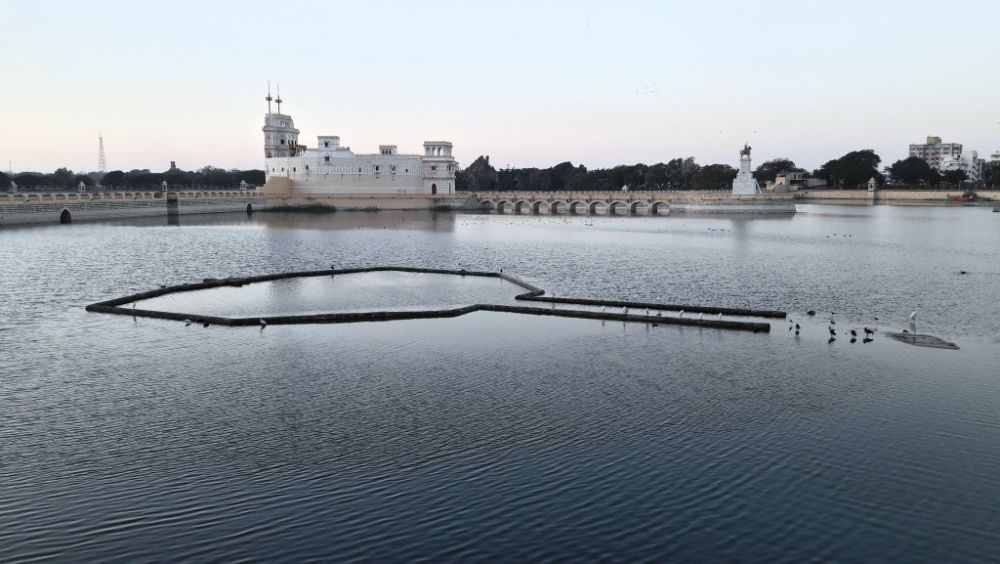

Located in the heart of Jamnagar, Gujarat, Ranmal Lake, often referred to as Lakhota Lake, serves as a testament to the city's rich historical past and its burgeoning tourism scene. Jamnagar, founded in 1540 AD by Jam Rawal, a descendant of the jadeja clan of Rajputs, who are credited with establishing numerous such landmarks, welcomes visitors to its array of attractions, with Ranmal Lake being a centerpiece for both leisure and history.
The lake's history is intertwined with the tale of Jamnagar itself, which was strategically planned around it. The lake was once a palace tank during the rule of the Jadeja Rajputs and is encircled by the historic Lakhota Fort. This fortress, now turned museum, provides visitors with a glimpse into the region's regal legacy, housing a rich collection of sculptures that span from the 9th to the 18th century.
The area around Ranmal Lake has been a focal point for community gatherings and royal festivities. In fact, it was designed not only for strategic defense but also as a recreational space for the royal family and citizens. Over time, the surrounding grounds have evolved to accommodate pathways, gardens, and recreational facilities, enhancing its role within the urban tapestry of Jamnagar.
Over the years, Jamnagar's tourism profile has risen, in part due to the serene and picturesque Ranmal Lake. The city was once primarily a stopover for travelers headed to other destinations in Gujarat, but it has since become a destination in its own right. Visitors come to seek out both its natural beauty and cultural heritage, with the lake providing a tranquil escape from the hustle and bustle of city life.
As tourism boomed, the infrastructure and facilities around Ranmal Lake were developed to cater to a growing number of visitors. Boat rides, bird watching (especially during the migratory season), and walking along its promenade are staple activities for tourists. The local government's commitment to preserving the area's natural beauty while providing amenities has helped maintain the lake as a sustainable tourist destination.
In recent years, experiential travel has gained popularity among tourists, and destinations like Ranmal Lake offer a unique cultural immersion. Visitors are inclined not only to explore the natural environs but also to participate in local festivals and understand the regional customs and way of life. The festival of Navratri, for example, brings a colourful showcase of dance and music, drawing crowds to Jamnagar and its lake.
Sustainability is also a growing trend in tourism, and Jamnagar has taken strides in eco-tourism initiatives, reflected in the conservation efforts around the lake and its surroundings. Tourists are increasingly aware of their environmental impact and are seeking destinations that prioritize ecological preservation.
Ranmal Lake remains not just a symbol of Jamnagar's erstwhile royal grandeur but also a beacon of its tourism potential. With each passing year, the city builds upon its reputation as a must-visit location for those eager to experience the blend of history, culture, and nature that only Gujarat can offer. As tourism continues to evolve, Ranmal Lake stands ready to mesmerize future generations of travelers.